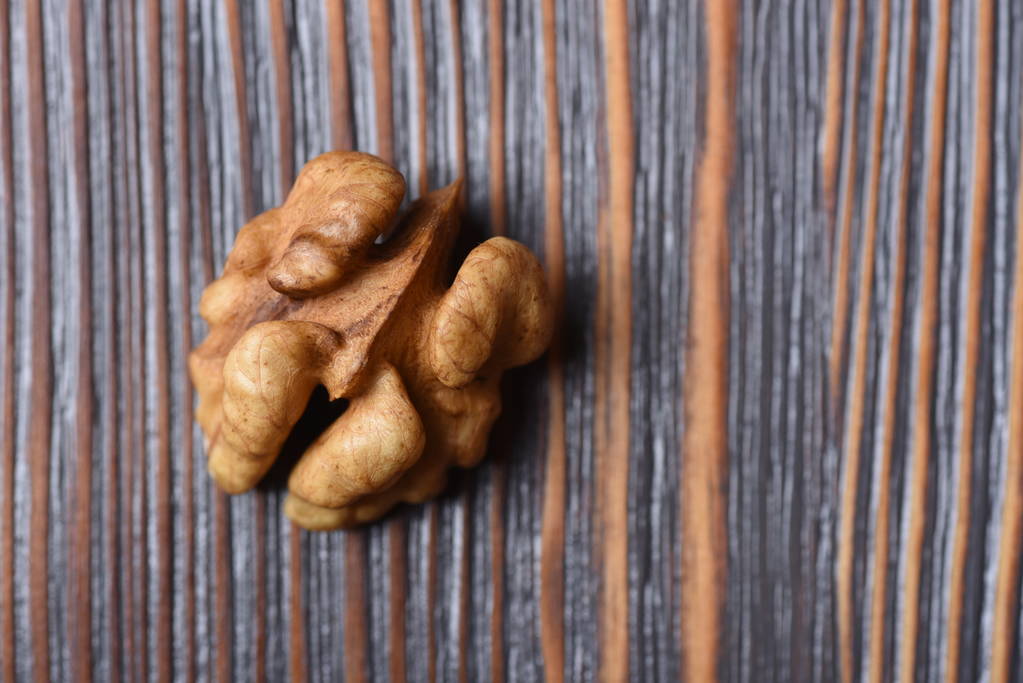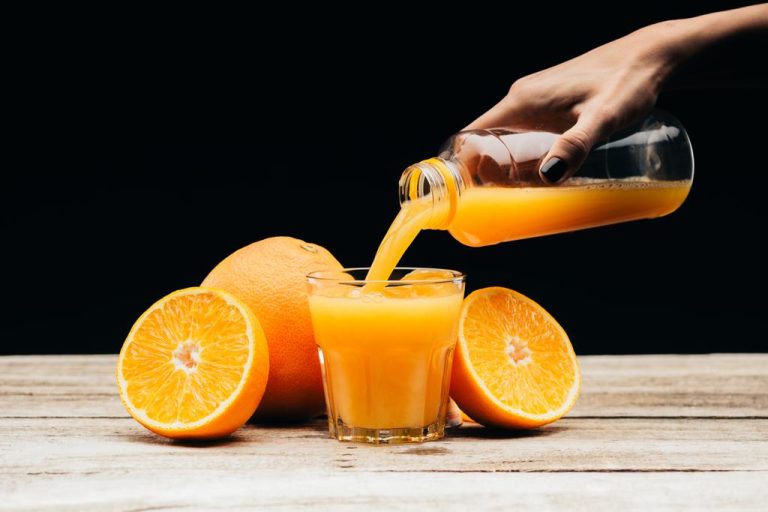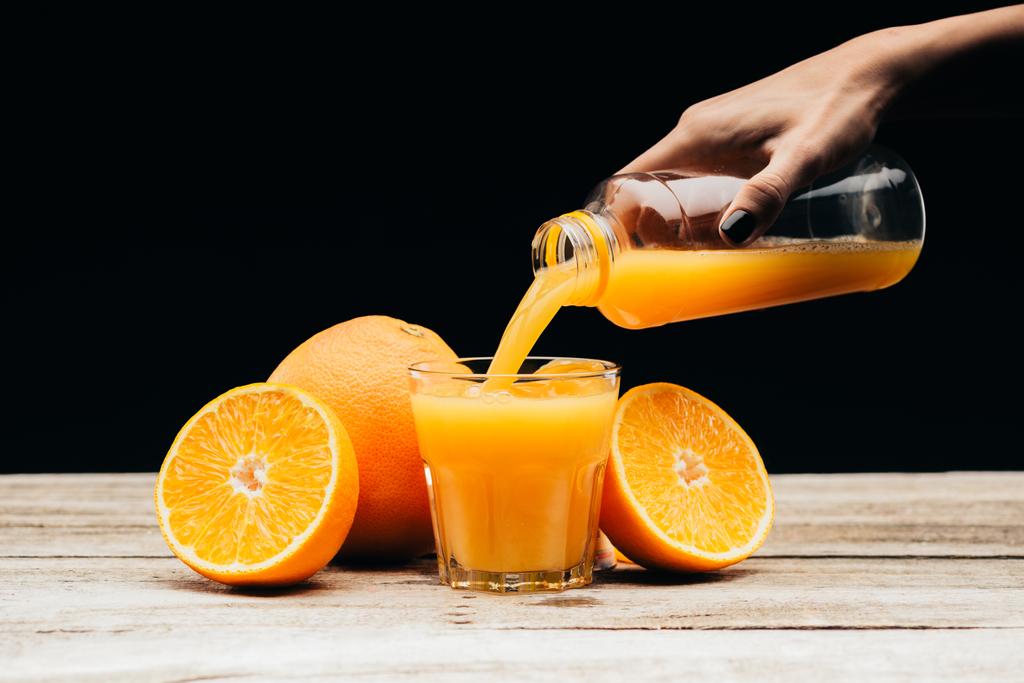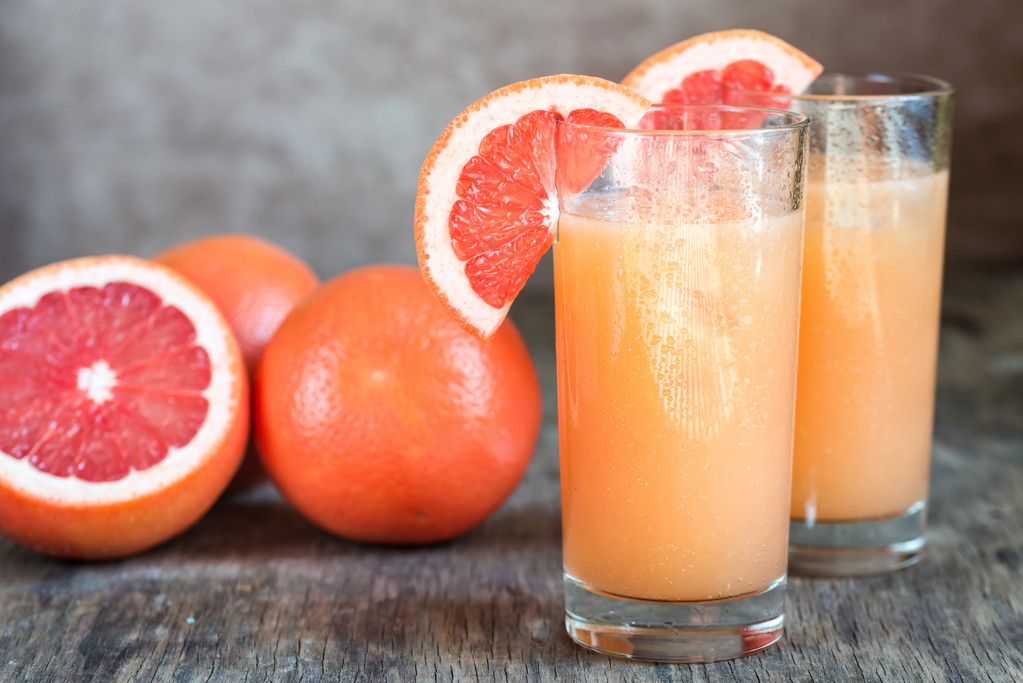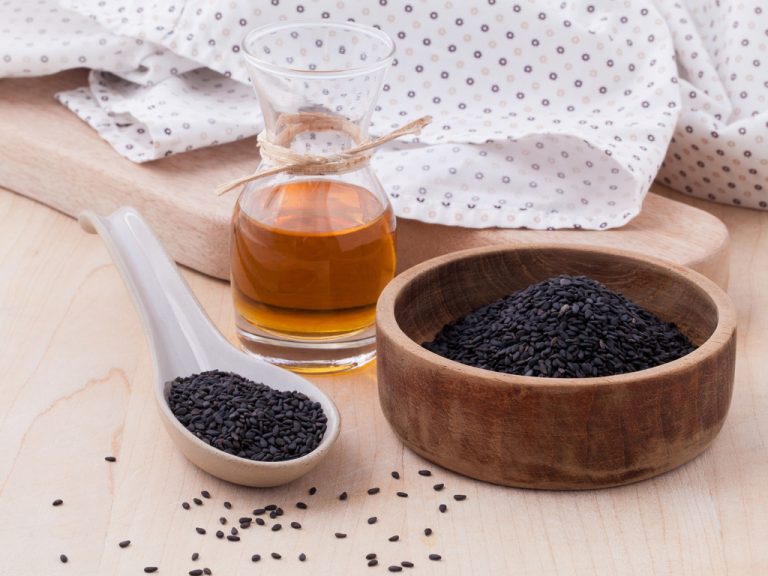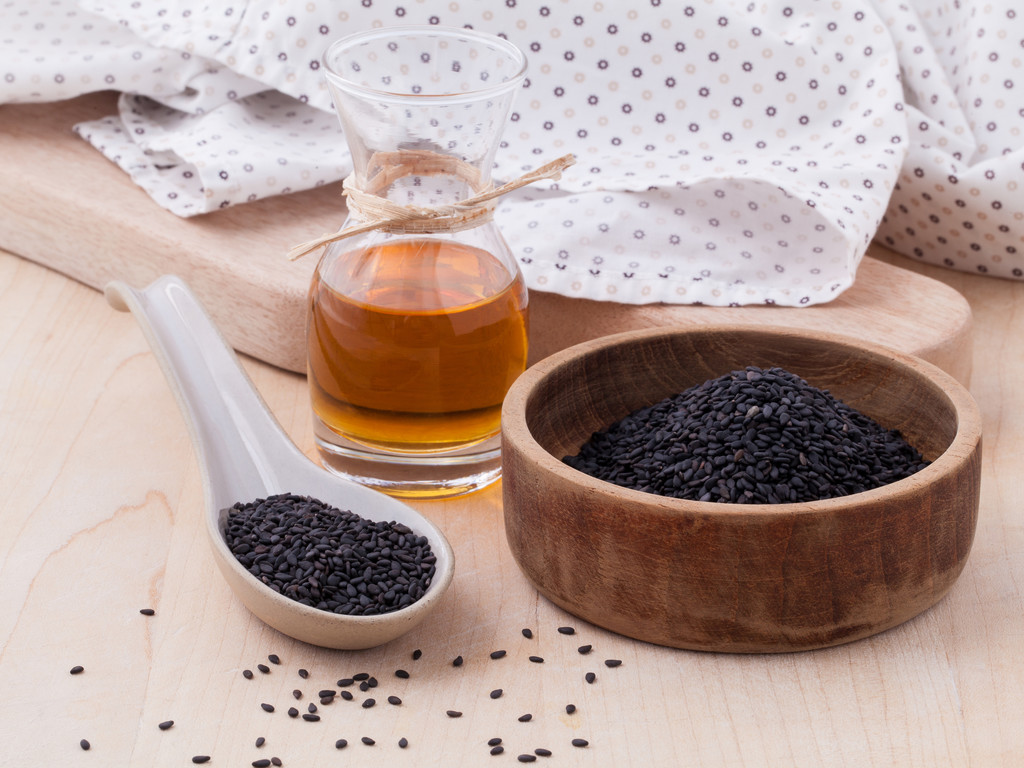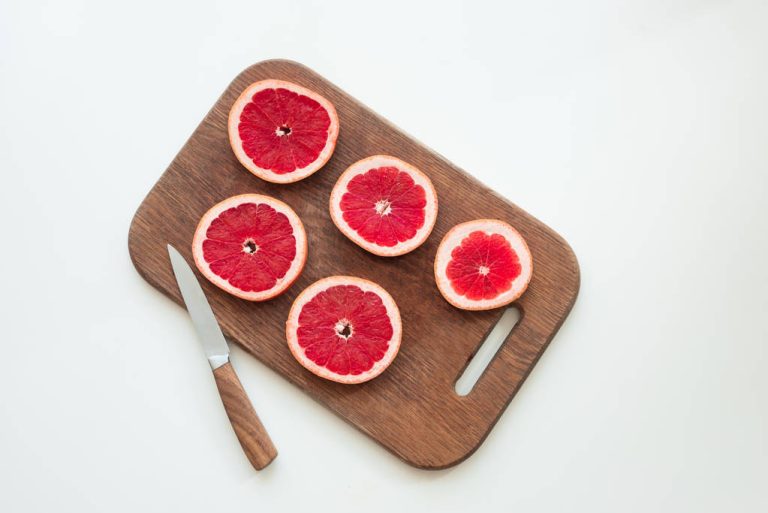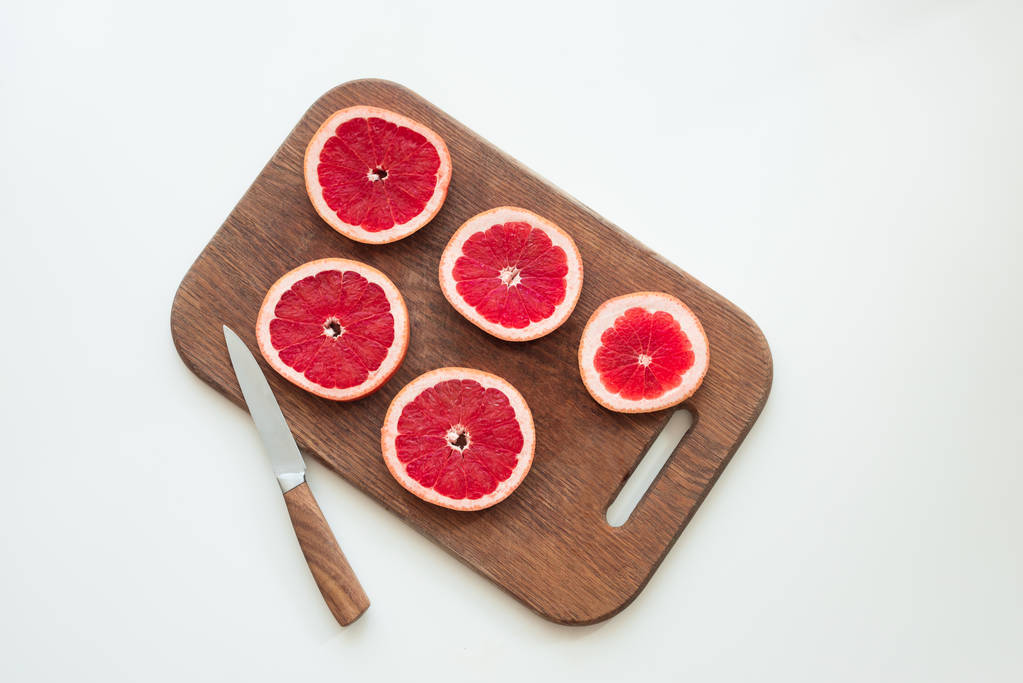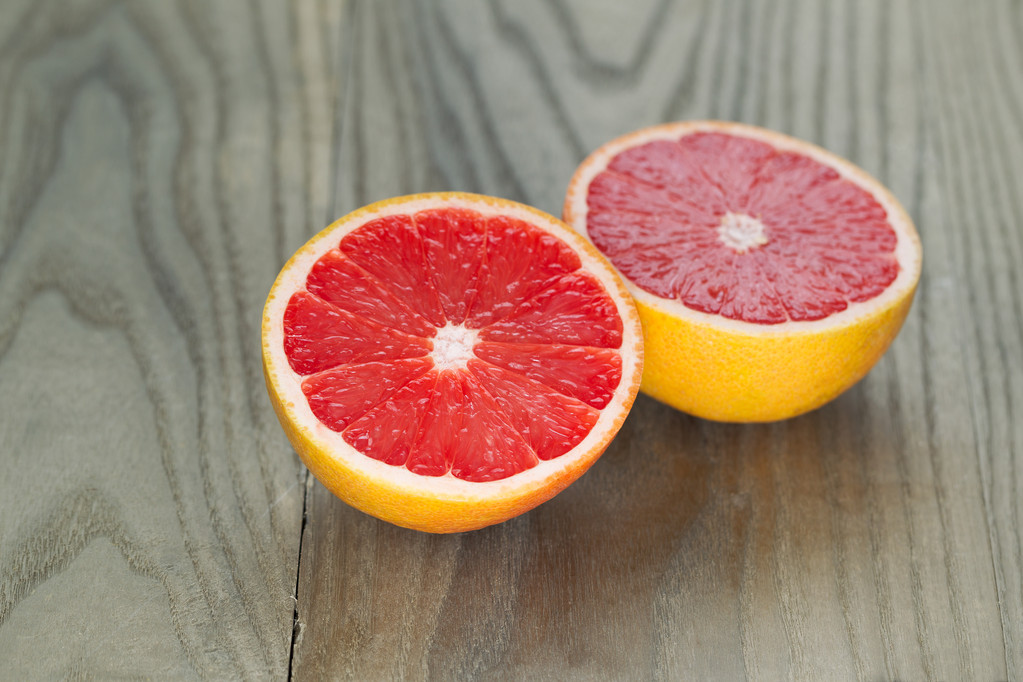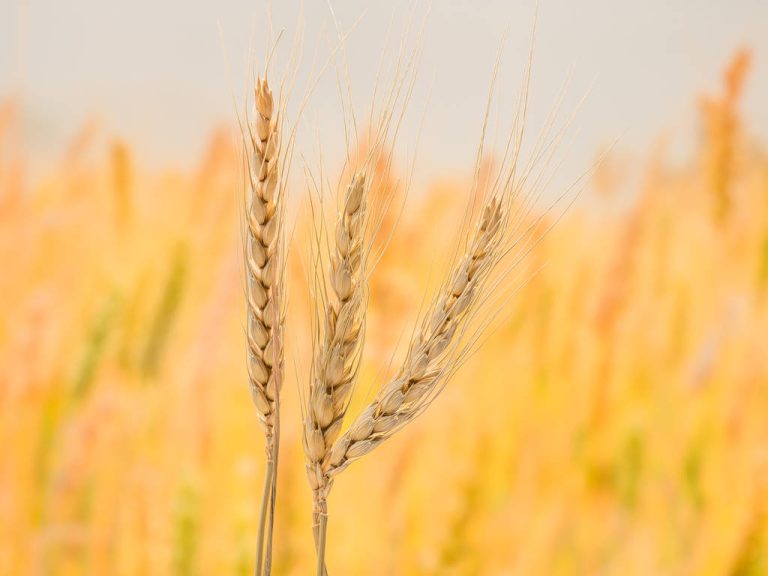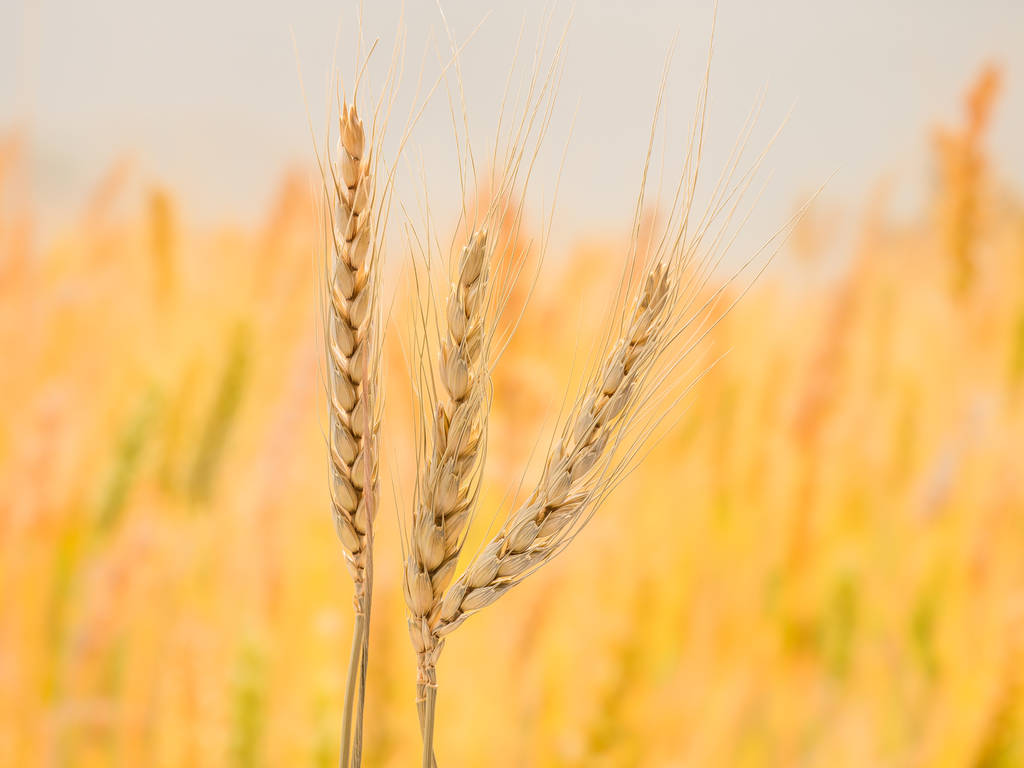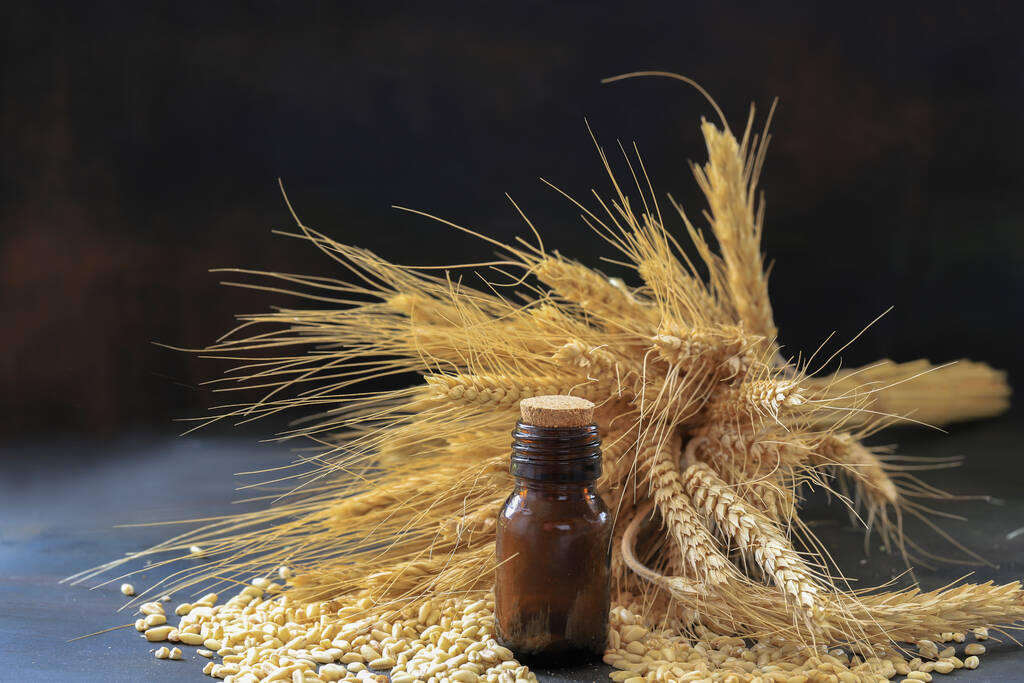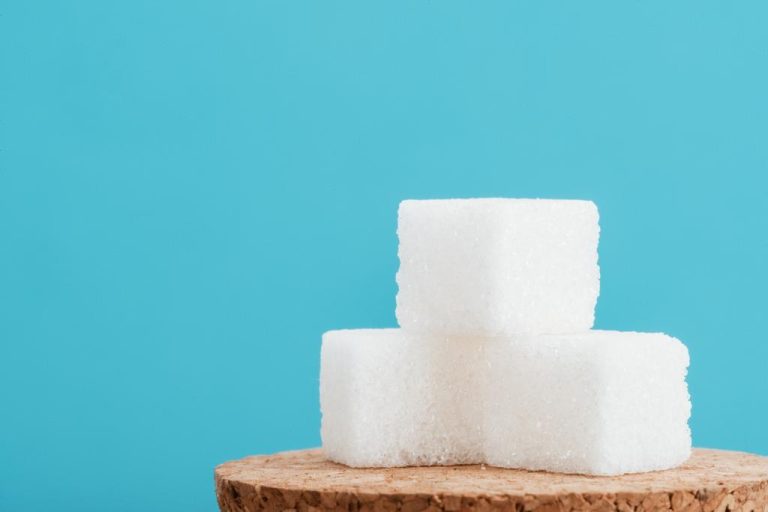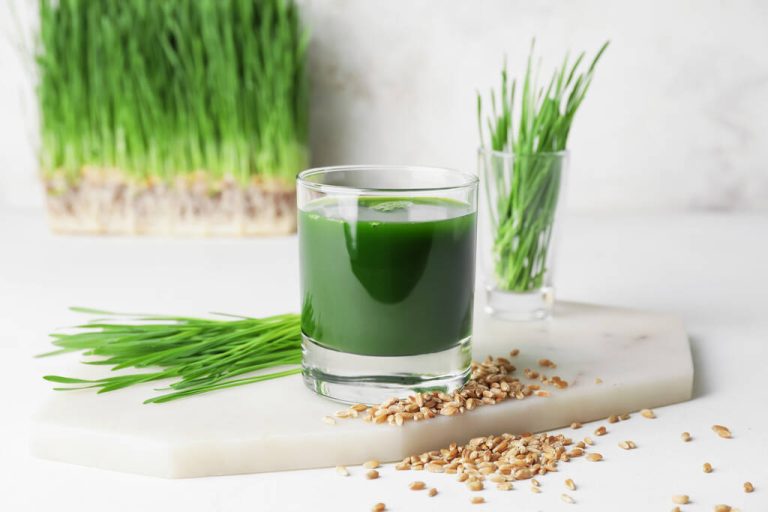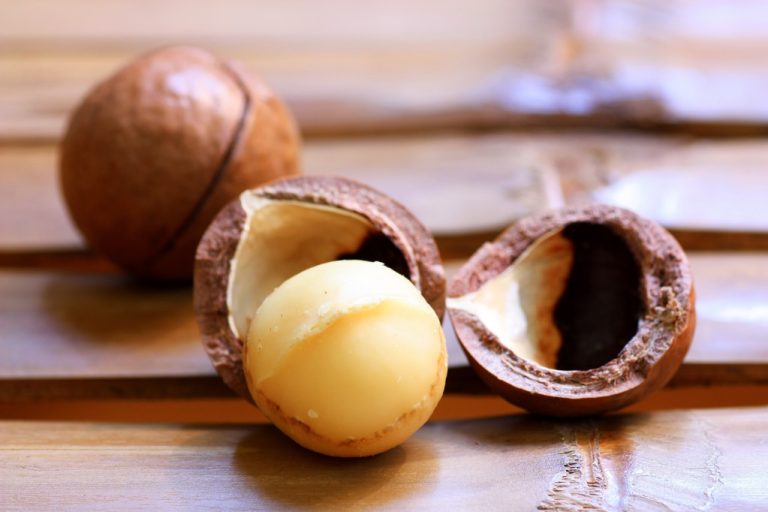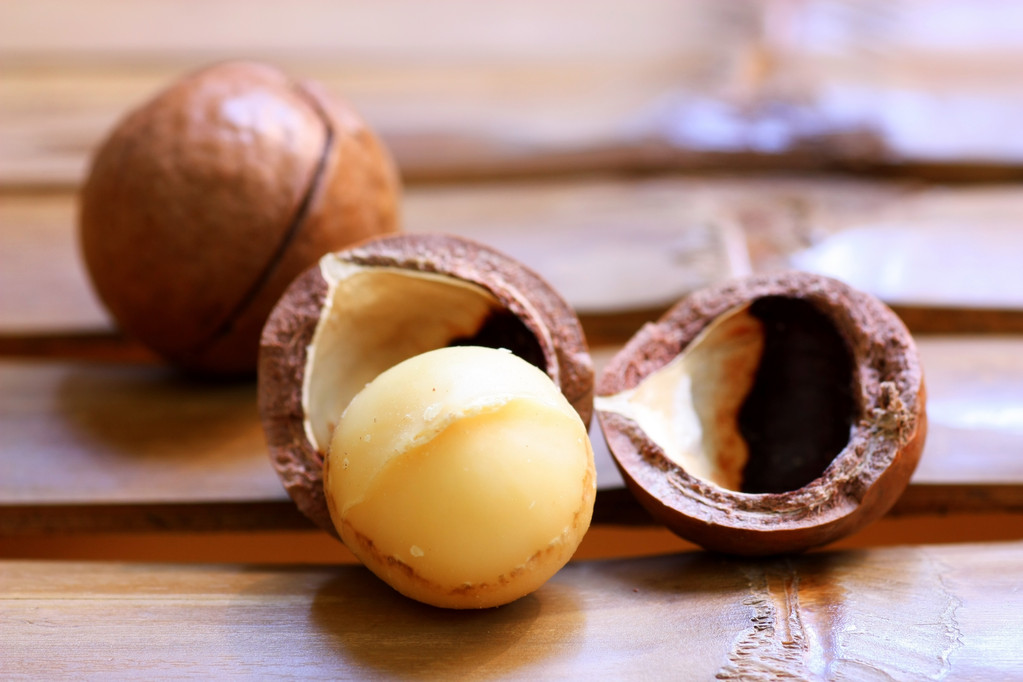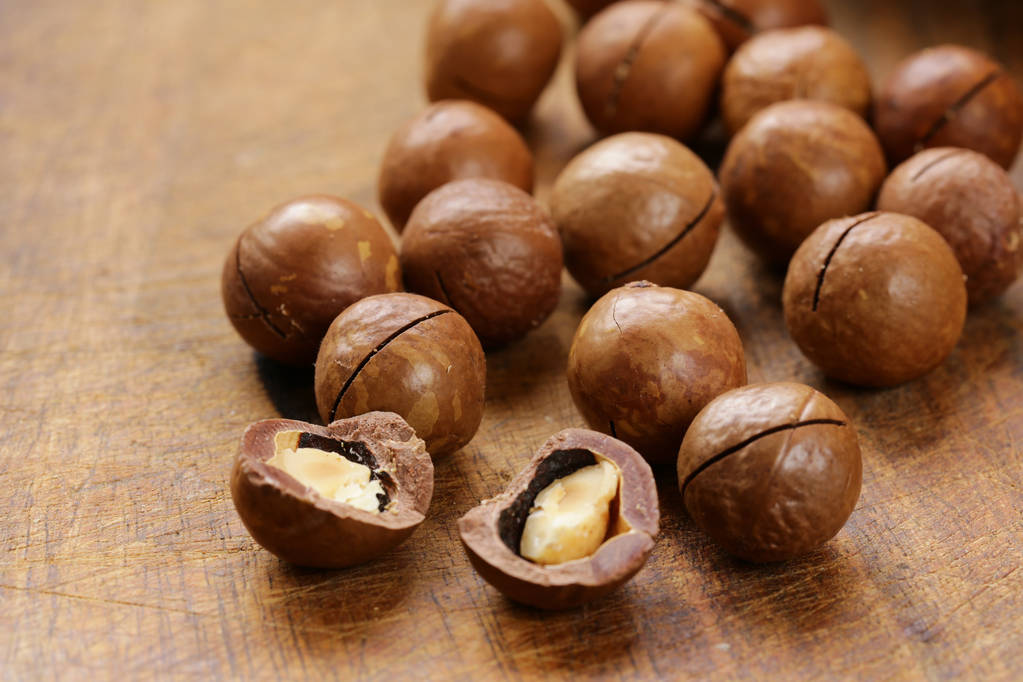Wheatgrass juice has been considered particularly healthy for a number of years. But which active ingredients are really in it and what is the truth behind the hype? We’ll tell you.
Wheatgrass juice has been a trend drink in the USA since the 1990s. But it has also become very popular with us in recent years. Although wheatgrass juice is a trend food or drink, it is not an exotic plant from far away: no, wheatgrass grows right on our doorstep.
Wheatgrass juice is obtained from the young shoots of our native soft wheat (Triticum aestivum). The variety is also called bread wheat or seed wheat. Wheatgrass juice is produced when the young shoots are harvested after just a few days (before the leaves form knots) and then pressed. Soft wheat belongs to the sweet grass family and is one of the oldest cultivated plants in the world. In Eurasia, the wheat species has been cultivated for at least 2700 years.
This superfood is said to be a vitamin bomb that helps digestion and keeps you young. But what is the truth about the rumours?
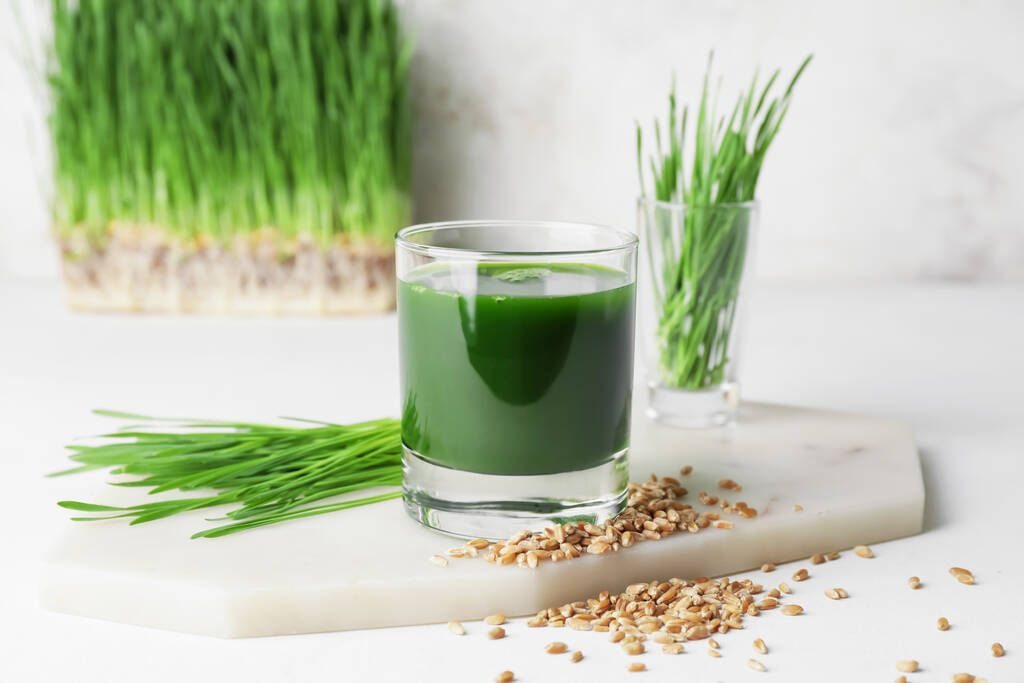
Wheatgrass juice and its ingredients
Wheatgrass juice has numerous vitamins, minerals, trace elements and amino acids and one thing above all: chlorophyll. This plant pigment gives wheatgrass juice its famous nickname “green blood”. The high concentration in the leaves ensures that the juice later turns a bright green. In addition, chlorophyll is structurally similar to the red blood pigment hemoglobin.
The ingredients in wheatgrass can vary widely. They arise depending on the location, the soil conditions and the harvest time. Among other things, the following nutrients can be found in wheatgrass juice:
vitamins:
Provitamin A (carotenoids)
Vitamin B2 (Riboflavin)
Vitamin B3 (Niacin)
Vitamin B5 (pantothenic acid)
Vitamin B6
Folic acid (also vitamin B9 or B11)
vitamin C
Vitamin D
vitamin E
vitamin k
Despite claims to the contrary, wheatgrass is low in vitamin B12.
Minerals and trace elements:
iron
potassium
calcium
cobalt
copper
magnesium
sodium
phosphorus
Furthermore, wheatgrass contains a variety of healthy amino acids such as alanine, histidine, methionine and lysine. They are important for fighting free radicals and building proteins. For this reason, wheatgrass juice has a high protein content (about 20 percent). That is why it is often used as animal feed.
Does wheatgrass contain gluten?
Don’t worry: although wheatgrass is the young shoots of wheat, it does not contain gluten. Even if you have celiac disease or wheat intolerance, you can take it without any worries.
Wheatgrass juice for gastrointestinal disorders
Wheatgrass juice is known to aid in digestion. Its enzymes are designed to break down the food you eat, allowing you to digest it faster. Enzymes play the central role in human metabolism. Normally, however, our pancreas produces these enzymes all by itself. According to the Harvard Health Journal, supplementation is only necessary if you suffer from diseases such as chronic pancreatitis or cystic fibrosis. Then your body can no longer produce the necessary enzymes itself.
Wheatgrass juice isn’t just supposed to help get your digestion back on track. It is also said to help with gastrointestinal disorders such as the serious inflammatory bowel disease ulcerative colitis. Symptoms of this disease can include severe intestinal pain, painful bowel movements, diarrhea and even bleeding. According to a pilot study, wheatgrass juice is said to have a soothing effect on all of these symptoms and reduce the severity of bleeding. Just 100 milliliters of wheatgrass juice per day can have a great positive effect on your symptoms. However, you cannot treat the disease with just wheatgrass juice. Also, be sure to see a doctor.
Wheatgrass Juice: Rich in antioxidants and effective against stress
Wheatgrass juice is not only a vitamin bomb and therefore good for your immune system – it is also rich in antioxidants. These help eliminate free radicals that are caused by stress, an unhealthy diet or smoking, among other things. Too many of these free radicals can lead to so-called “oxidative stress” and damage your cells. This, in turn, is said to increase the risk of many diseases.
According to a scientific study, in addition to the numerous vitamins and antioxidants, certain proteins in wheatgrass juice help against oxidative stress.
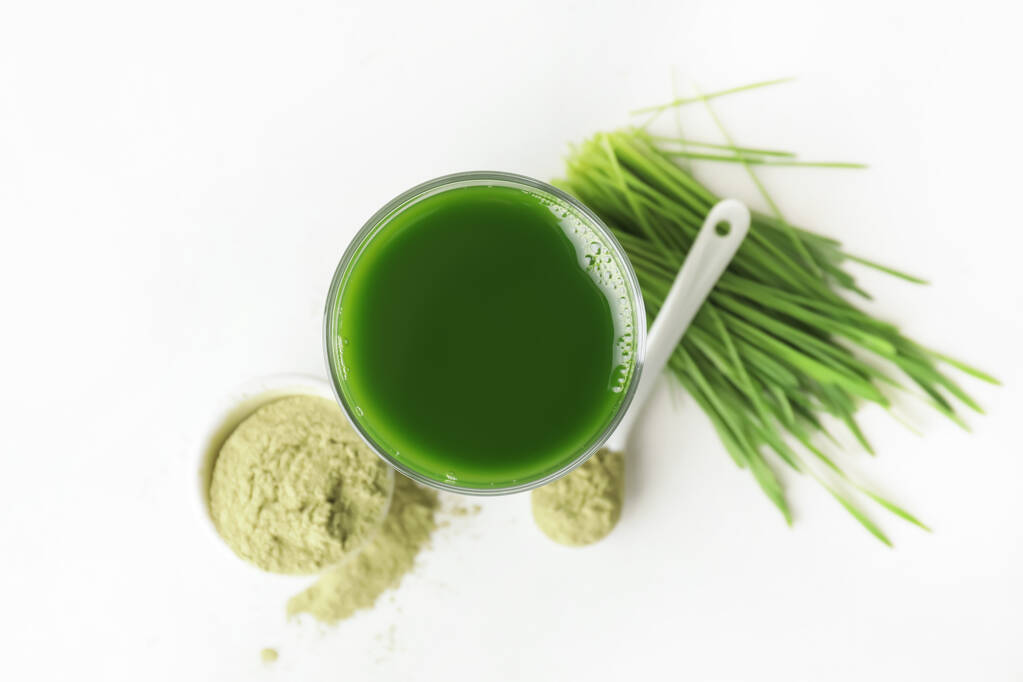
Wheatgrass juice helps with cancer?
Wheatgrass juice is said to be so healthy that it can even help fight cancer. According to a study from 2017, the so-called “green blood” is said to prevent the cell division of cancer cells in oral cavity carcinomas, the sixth most common type of cancerous tumors. However, this study was conducted in a test tube. Whether the same effect occurs when consuming wheatgrass juice is not proven.
According to a study from China, a large amount of chlorophyll can help flush cancer-causing aflatoxins from the liver better. Aflatoxins are dangerous toxins found in poorly stored foods that can cause liver cancer.
Cancer tumors can have different effects on different organs in the body. Therefore, it is unclear whether wheatgrass juice works against all types of cancer. The juice also supports your immune system and detoxification processes.

